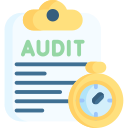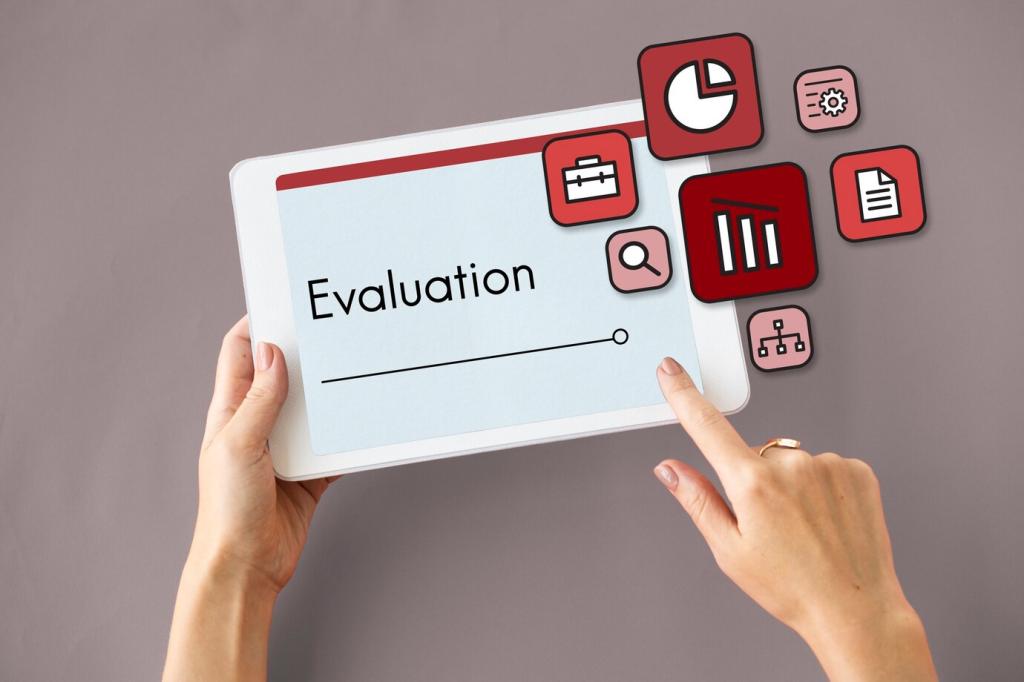Governance and Stakeholder Alignment
Frame technology risk in business terms: customer trust, regulatory exposure, and revenue continuity. Use heat maps sparingly and supplement with trend lines. Bring scenarios illustrating plausible loss events. Invite readers to share the one slide that finally made their board care about patch hygiene and identity governance.
Governance and Stakeholder Alignment
Replace adversarial dynamics with joint working sessions where engineers explain pipeline realities and auditors clarify evidence needs. Co-create testing windows and data pulls. Publish a shared glossary. Tell us what changed when you introduced office hours for control walkthroughs—did lead time for remediation shrink?
Governance and Stakeholder Alignment
Define who approves scope changes, who owns control fixes, and who verifies closure. Include vendors where dependencies are critical. Revisit responsibilities after org changes. Post your favorite RACI template or a quick tip on keeping it current during reorganizations and cloud migrations.
Governance and Stakeholder Alignment
Lorem ipsum dolor sit amet, consectetur adipiscing elit. Ut elit tellus, luctus nec ullamcorper mattis, pulvinar dapibus leo.








